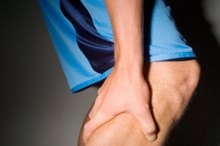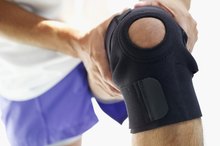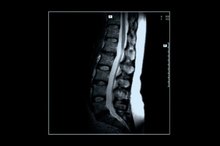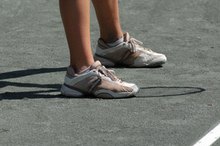Symptoms of Poor Circulation in the Legs
According to the Centers for Disease Control and Prevention, approximately 8 million people living in the United States have poor circulation in the legs, also known as peripheral arterial disease, or PAD 1. Symptoms of poor circulation can vary and can range from pain in one or both legs to wounds that do not heal.
Leg Pain With Activity
Common symptoms of poor circulation in the legs include:
- pain
- cramping
- aching
- numbness or fatigue in the foot
- leg or buttock that begins while walking
- goes away with rest
Not all symptoms are experienced by everyone. The symptoms may be severe enough to limit walking, resulting in decreased overall physical activity. Other types of exercise that use the leg muscles may also cause symptoms. With poor circulation, symptoms are brought on by exercise, because exercising muscles need more oxygen, which is carried by the blood.
- Common symptoms of poor circulation in the legs include: * pain
* cramping
* aching
* numbness or fatigue in the foot
* leg or buttock that begins while walking
* goes away with rest Not all symptoms are experienced by everyone. - Other types of exercise that use the leg muscles may also cause symptoms.
Leg Pain at Rest
What Are The Symptoms of Blood Clots in The Leg?
Learn More
Over time, poor circulation in the legs can get progressively worse. This can ultimately cause symptoms of poor circulation at low levels of activity and can even lead to symptoms when the legs are completely at rest, such as during sleep. At this stage of the disease, the pain frequently gets worse when the leg is elevated, and it improves when the leg is lowered back to the floor, as would occur when sitting normally in a chair.
Other Symptoms of Poor Circulation
Several other potential symptoms may result from poor circulation in the legs. For instance, it is common for one or both feet to feel cool when the blood supply is reduced. In addition, toenails may become thicker than normal, the skin of the legs may become thin and shiny and hair growth may decrease. Decreased blood flow to the legs also frequently causes the toes to look pale or bluish. A less common symptom is erectile dysfunction.
- Several other potential symptoms may result from poor circulation in the legs.
- Decreased blood flow to the legs also frequently causes the toes to look pale or bluish.
Persistent Wounds
Knees & Ankles Turn Purple After Running
Learn More
Poor circulation in the legs can lead to painful wounds in the skin of the legs. Unfortunately, these wounds often do not heal well, if they heal at all, as there is insufficient blood flow to supply the tissues with oxygen and other vital nutrients needed to heal wounds. When the blood supply to the legs is too low to supply the tissues with even their basic needs, gangrene results. Fortunately, most people with poor circulation never experience gangrene.
- Poor circulation in the legs can lead to painful wounds in the skin of the legs.
- When the blood supply to the legs is too low to supply the tissues with even their basic needs, gangrene results.
Related Articles
References
- ACCF/AHA: Management of Patients With Peripheral Arterial Disease
- Current Medical Diagnosis & Treatment 2014; Maxine A. Papadakis, M.D., et al
- Up to Date: Clinical Features, Diagnosis, and Natural History of Lower Extremity Peripheral Artery Disease
- Up to Date: Clinical Manifestations and Evaluation of Chronic Critical Limb Ischemia
Writer Bio
Dr. Ann M. Hester is a board-certified internal medicine specialist and author. She is also the creator of the Patient Whiz patient engagement app for iOS and Total en Salud health app in Spanish.








